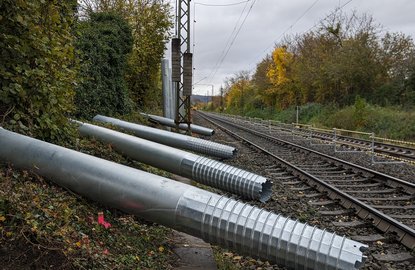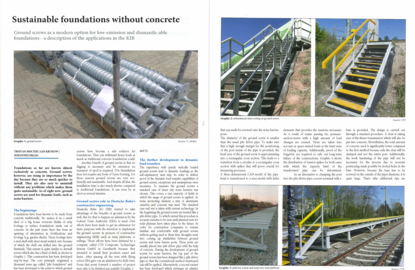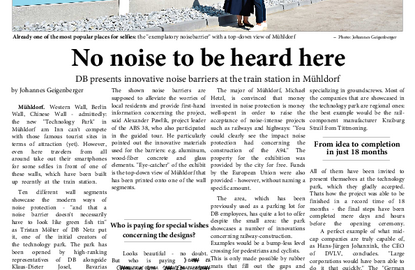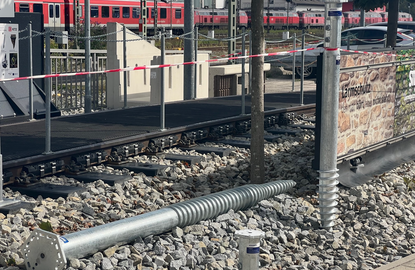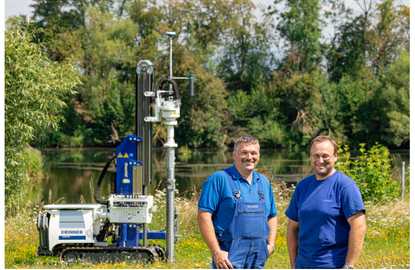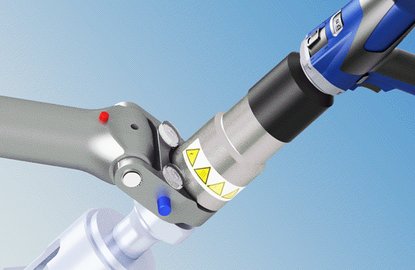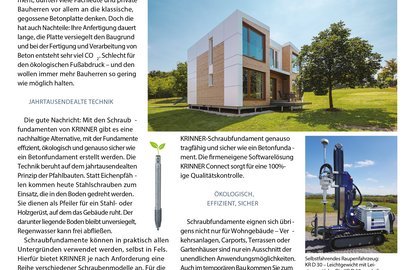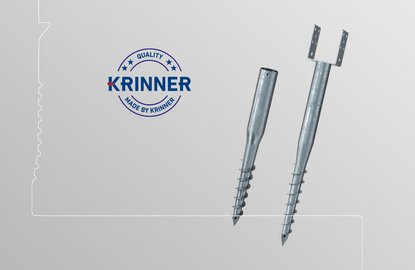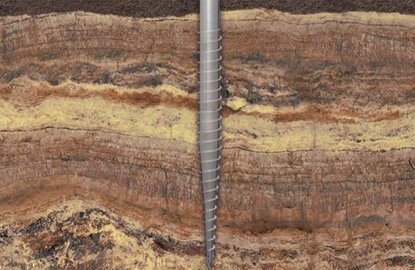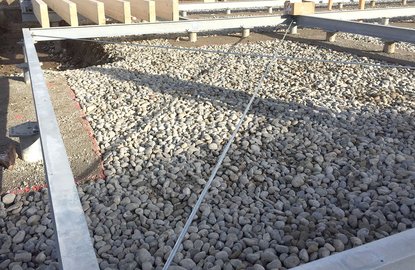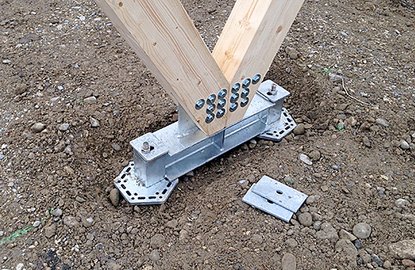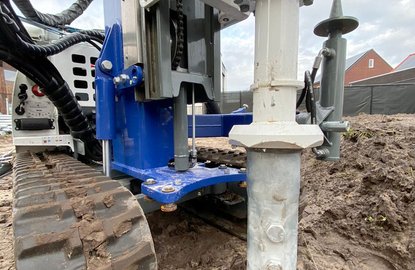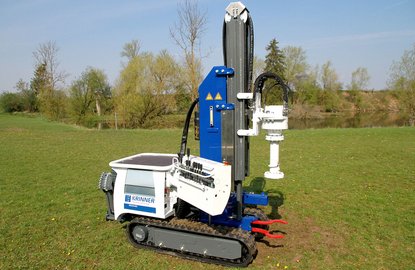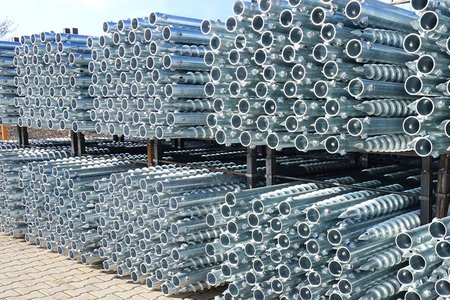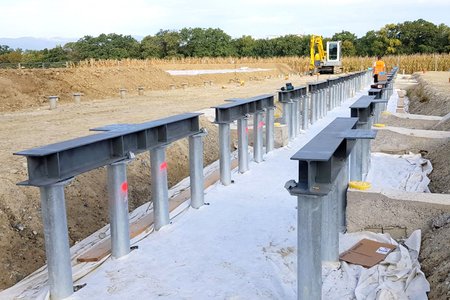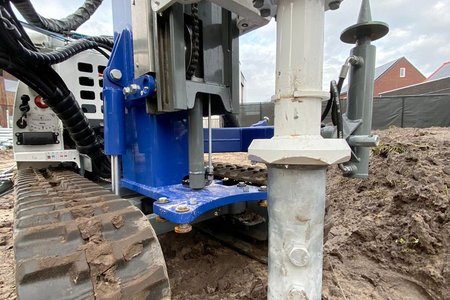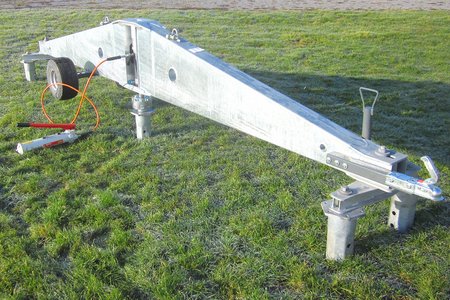KRINNER ground screws: How modern construction methods protect the climate
KRINNER ground screws: How modern construction methods protect the climate
Concrete has played a dominant role in foundation construction in the construction industry for decades. However, concrete is also one of the biggest climate sinners – in Denmark alone, the concrete industry is now the fourth largest CO₂ emitter in the country.
Our KRINNER partner Fremtidens Fundament shows that there is another way: ground screws can reduce the CO₂ footprint of house construction by around 80 percent on average. The innovative system does not require any concrete – and therefore no costly excavation work or the transport of large quantities of earth.
Another advantage is that ground screws can be removed without leaving any residue and reused if necessary – a major step towards circular construction. A current example is a 750-square-meter temporary emergency room on the grounds of Bispebjerg Hospital. It was built entirely on ground screws and can be moved or dismantled if necessary – without leaving any permanent traces in the ground.
According to Fremtidens Fundament, a 170-square-meter wooden house on screw foundations saves around 12 tons of CO₂ – roughly equivalent to the average annual emissions of a Danish family.
The full article about our partner appeared on Børsen.dk, a leading Danish business media outlet.
Here is the direct link to the article: https://borsen.dk/nyheder/baeredygtig/cases/fundament-med-lavt-klimaaftryk
Interested?
Interested?
Do you have a project that you think would benefit from KRINNER ground screws?



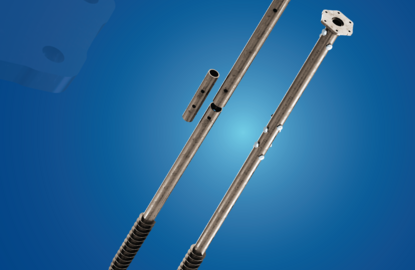
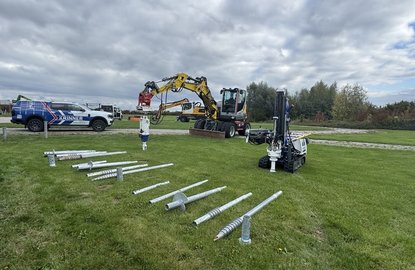



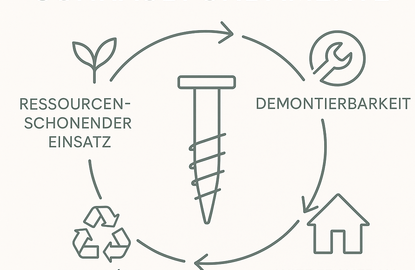
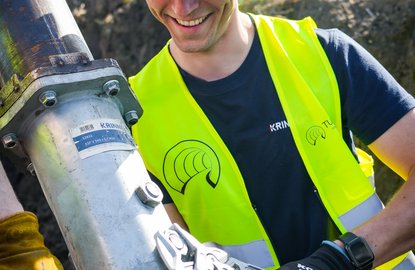

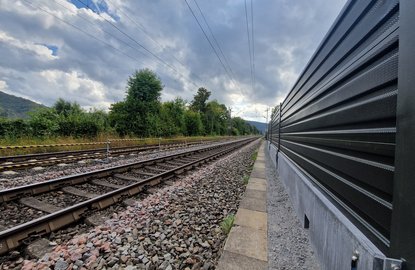
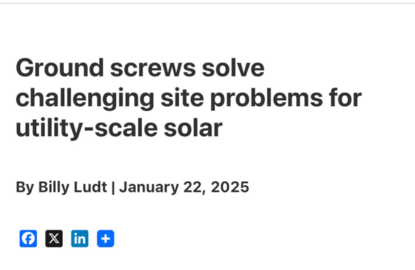
![[Translate to en:] [Translate to en:]](/fileadmin/_processed_/1/7/csm_Bild_2003416679.jpg)
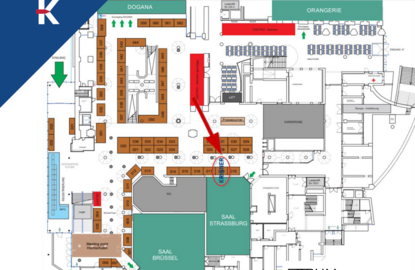

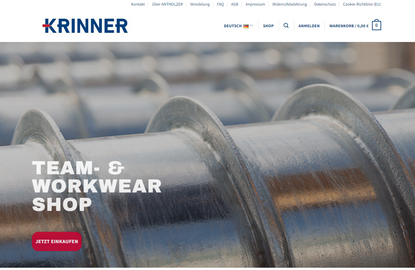
![[Translate to en:] [Translate to en:]](/fileadmin/_processed_/2/e/csm_MSG-Signet-Schwarz_ef33dcaf08.png)
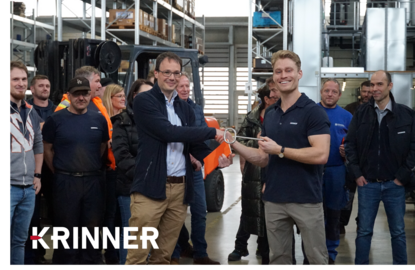

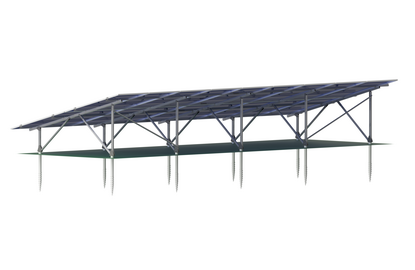

![[Translate to en:] [Translate to en:]](/fileadmin/_processed_/4/5/csm_TERR_TM_V_CMYK_FC_Pos_5304b559c9.jpg)
